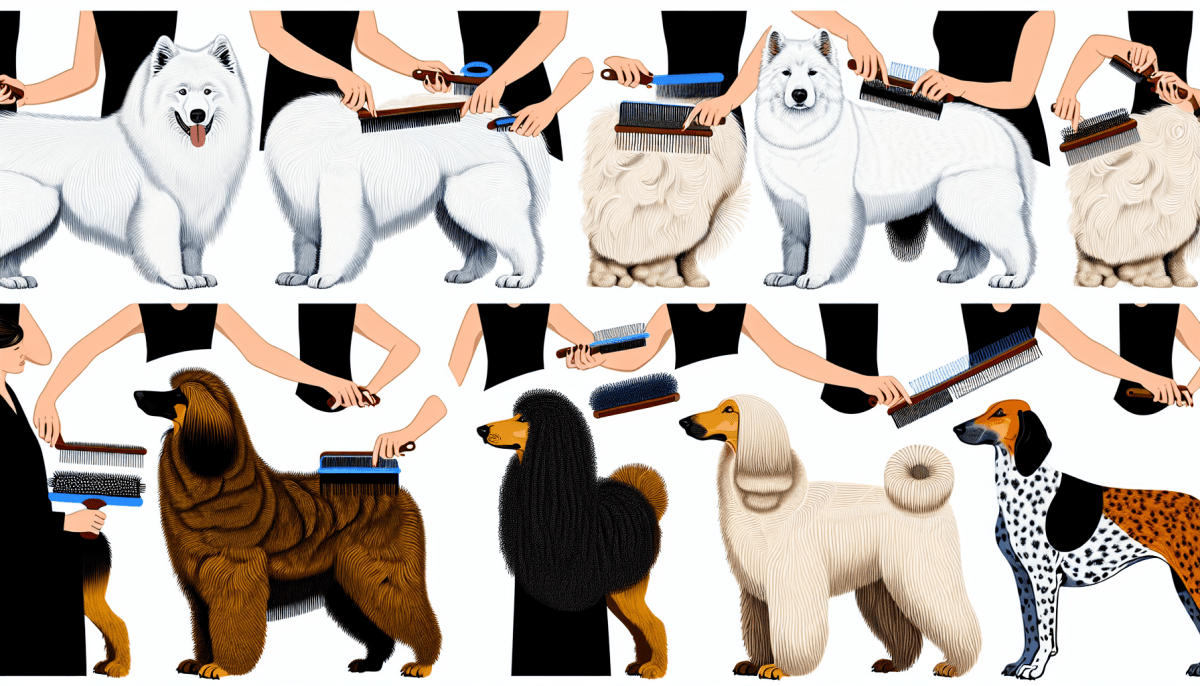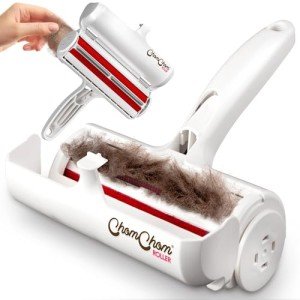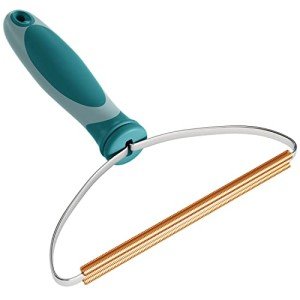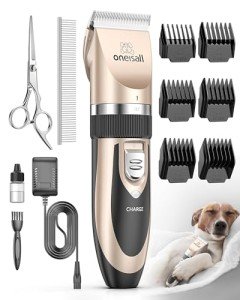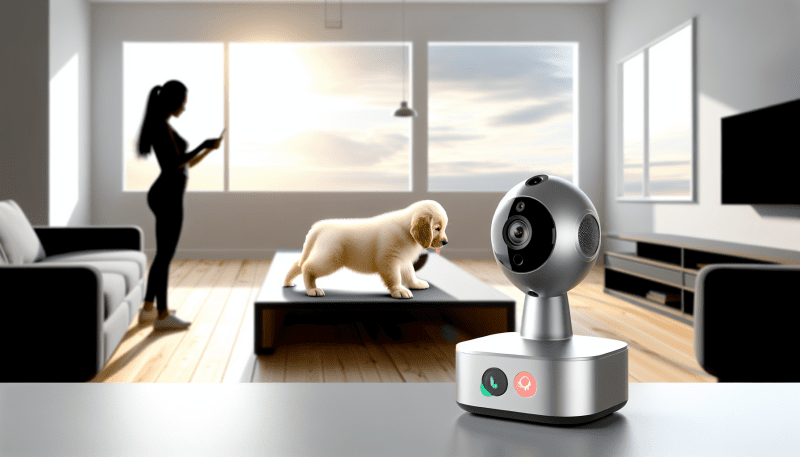When it comes to keeping your furry friend's coat looking its best, choosing the right brush is super important. Each dog has a unique coat type, and using the wrong brush can lead to tangles, discomfort, and even skin issues. So, let’s break it down and help you find the perfect brush for your pup!
Smooth Coats: If your dog has a short coat, like a Beagle or a Boxer, a simple bristle brush will do the trick. These brushes help remove loose fur and any dirt without snagging on the coat. A rubber grooming mitt is also great for a nice massage while you brush, which most dogs absolutely love!
Medium Coats: For dogs with medium-length fur, like Golden Retrievers or Cocker Spaniels, a pin brush or a slicker brush is your best bet. Pin brushes help detangle and fluff up their coat, while slicker brushes can get rid of mats and loose hair. Take your time when brushing—these pups can really enjoy the bonding time!
Long Coats: If you have a fluffier friend, such as a Collie or a Shih Tzu, a wide-toothed comb and a slicker brush are essential. Start by using the comb to gently work out any knots, then follow up with the slicker brush to keep the coat smooth and shiny. Regular grooming will prevent matting and keep your pup comfortable.
Curly Coats: Dogs with curly coats, like Poodles or Portuguese Water Dogs, require a different touch. A slicker brush along with a comb will help maintain those lovely curls. Be sure to brush regularly to prevent matting, and always be gentle to keep your pup’s skin happy!
Understanding Different Dog Coat Types
When it comes to brushing your dog, knowing their coat type makes a world of difference. Dogs come in all shapes, sizes, and fur types. Understanding these differences can help you choose the right tools and techniques for grooming. Let’s break down the most common coat types you’ll encounter.
Short Coats: Dogs like Beagles and Boxers have short, smooth coats. Brushing them is usually pretty simple. A rubber curry brush or a soft bristle brush works great to remove loose hair and give their coat a little shine. Just a quick session once a week is usually all they need!
Medium Coats: Breeds like Cocker Spaniels or Bulldogs have that lovely medium-length fur. They tend to shed a bit more, so using a slicker brush can help get rid of those pesky loose hairs. Aim for brushing them a couple of times a week to keep their coat looking neat and minimize shedding.
Long Coats: If you have a Collie or a Shih Tzu, you’re dealing with long, luxurious locks! These coats require more attention. A wide-toothed comb followed by a slicker brush can help prevent mats and tangles. Regular brushing every few days is key to keeping their coat healthy and tangle-free.
Curly Coats: Breeds like Poodles or Portuguese Water Dogs have curly or wavy coats that can be a bit tricky. They don’t shed much, but they can mat easily. A special grooming tool called a comb with wide teeth helps detangle without pulling on their skin. A weekly grooming session is often needed to keep those curls looking fabulous!
Brushing Techniques for Each Coat
When it comes to brushing your furry friend, knowing the right techniques for their specific coat type is key to keeping them looking great and feeling comfortable. Let's break down some brushing tips for different coat types to make grooming a breeze!
Short Coats: These coats are low maintenance but still need some love. Use a bristle brush to remove dirt and loose hair. A rubber curry comb can also feel great for them while stimulating their skin. Just brush in the direction of the hair growth to keep things gentle.
Medium Coats: For those with medium-length fur, a slicker brush is your best friend. It helps untangle any knots while also removing dead undercoat. Focus on going over the coat a few times to get it all nice and smooth. Make sure to give extra attention to areas behind the ears and under the legs, as these spots can collect more tangles.
Long Coats: Long-haired pups need some extra care. Start with a wide-toothed comb to gently detangle any knots. Then switch to a slicker brush to remove loose hair and fluff things up. Be patient—brushing from the ends of the hair and working your way to the roots will help avoid breaking their lovely locks.
Curly or Wavy Coats: For curly or wavy coats, use a pin brush or a slicker brush. Curly fur can trap dirt and mats easily, so make sure to brush in sections. Always go slowly to avoid pulling on their fur, and consider using a leave-in conditioner to help with any tangles!
Tips for a Stress-Free Grooming Session
Grooming your dog doesn’t have to be a stressful event for either of you. With a little preparation and some handy tips, you can turn grooming into a fun bonding experience. Here are some suggestions to help you create a smooth grooming session.
1. Gather Your Supplies
Before you start, grab everything you need: brushes, combs, scissors, dog shampoo, and treats. Having it all at hand means you won’t have to pause midway through, which can be frustrating for both of you.
2. Choose the Right Time
Pick a time when your pup is calm, maybe after a walk or playtime. Trying to groom a hyper dog can lead to unnecessary stress for both of you. If your dog is naturally chill, grooming will be much easier.
3. Create a Comfortable Space
Set up in a quiet and familiar spot where your dog feels safe. Ensure it's well-lit and free from distractions. Having a cozy blanket or their favorite mat can really help them relax during the grooming process.
4. Use Positive Reinforcement
Keep some tasty treats handy. Reward your dog for good behavior during grooming, like sitting still or letting you brush a tricky spot. This positive reinforcement builds trust and makes future grooming sessions a breeze.
